Shortbread Cookie Recipe
- By Jennifer Segal
- Updated December 24, 2024
- 93 Comments
- Leave a Review

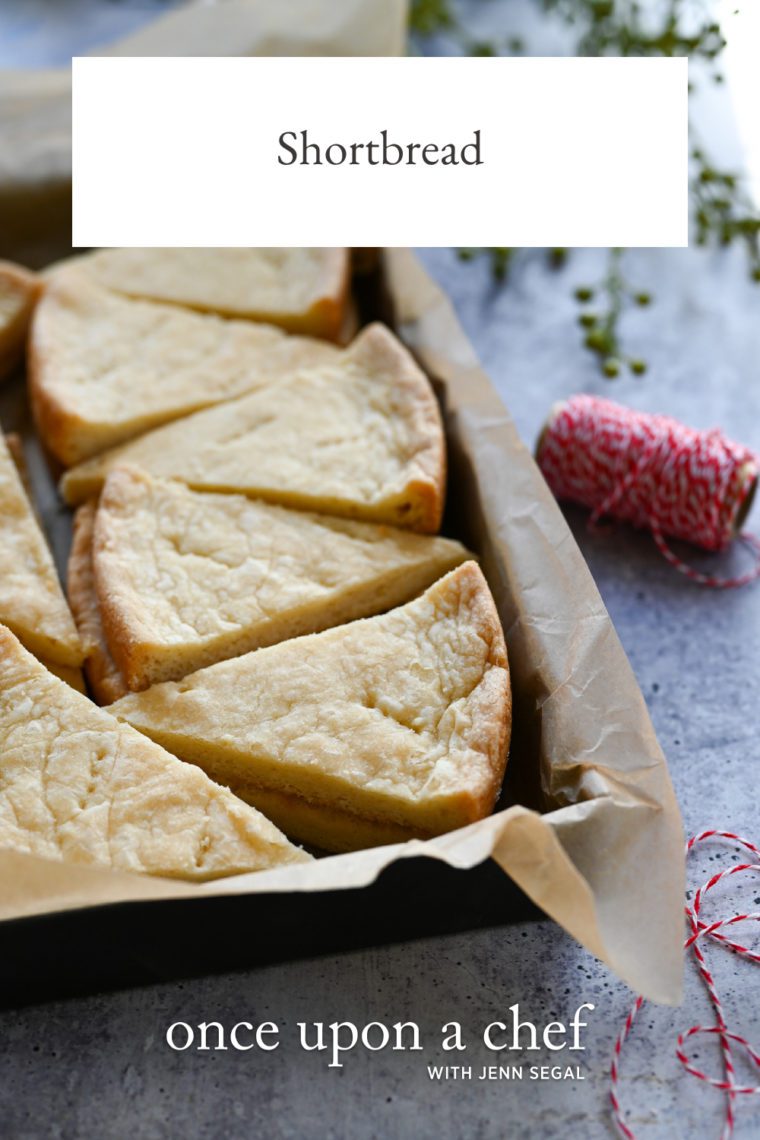
This post may contain affiliate links. Read my full disclosure policy.
This shortbread cookie recipe delivers the perfect blend of buttery richness and a crisp, crumbly texture—making it the ideal treat to bake ahead for the holidays.
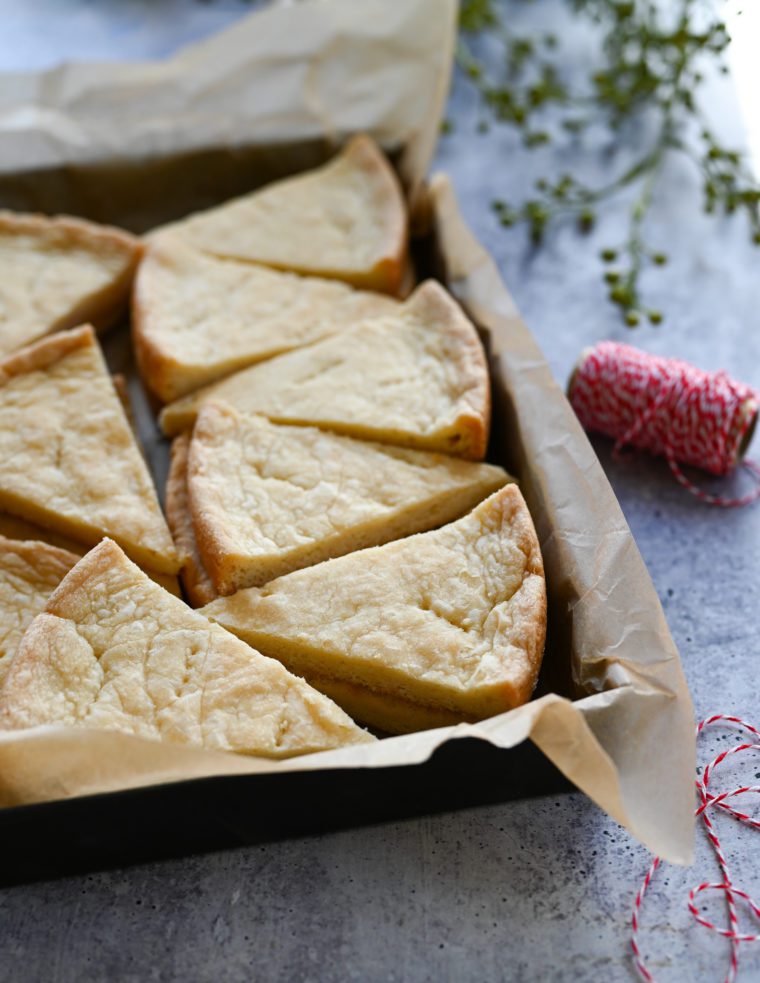
Buttery, crisp, and just sweet enough, classic shortbread cookies are loved for their rich flavor and crumbly texture. The name comes from the generous amount of butter in the dough, which creates that signature “short” texture—historically, “short” meant crumbly, and shortening refers to fat used in pastries. Originally from Scotland, shortbread is traditionally baked in sun-like rounds and cut into wedges, but it’s just as delicious baked in a square pan and sliced into classic rectangular fingers.
Traditionally served on the winter solstice, Christmas, New Year’s Eve, and New Year’s Day, shortbread keeps well for up to a month—making it the perfect treat to bake and share during the holiday season.
“I’ve made this several times and it’s so good…perfectly buttery, slightly sweet and I love the touch of almond.”
What You’ll Need To Make Shortbread Cookies
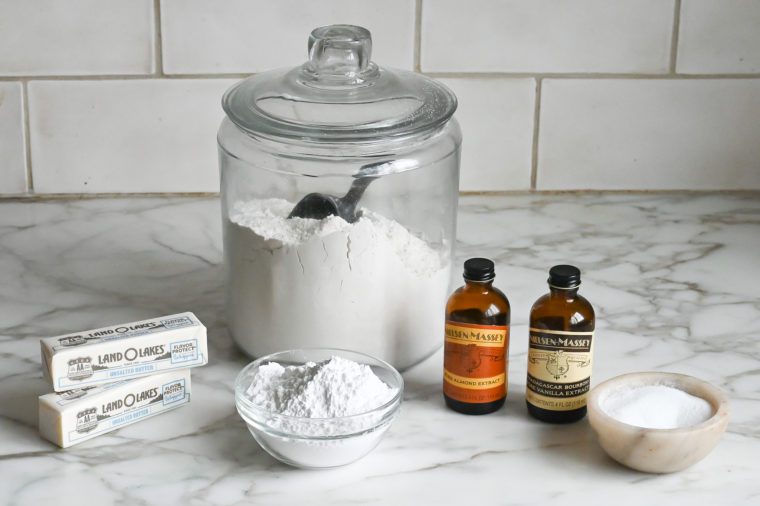
- Butter: Provides richness and flavor to the shortbread.
- Confectioners’ Sugar: Sweetens the shortbread and helps create its delicate crumb texture. Sometimes granulated sugar is used in shortbread, but I prefer confectioners’ sugar as it gives the cookies a softer, melt-in-your-mouth texture.
- Vanilla Extract: Adds a warm and aromatic flavor to the cookies.
- Almond Extract: Infuses the shortbread with a fragrant, nutty flavor; remember, a little goes a long way!
- All-Purpose Flour: Forms the base of the dough; always use the spoon-and-level method to measure flour to ensure accuracy.
- Jump to the printable recipe for precise measurements
Step-By-Step Instructions
In the bowl of an electric mixer fitted with the paddle attachment or beaters, combine the butter, sugar, salt, vanilla extract, and almond extract and beat until creamy and smooth.
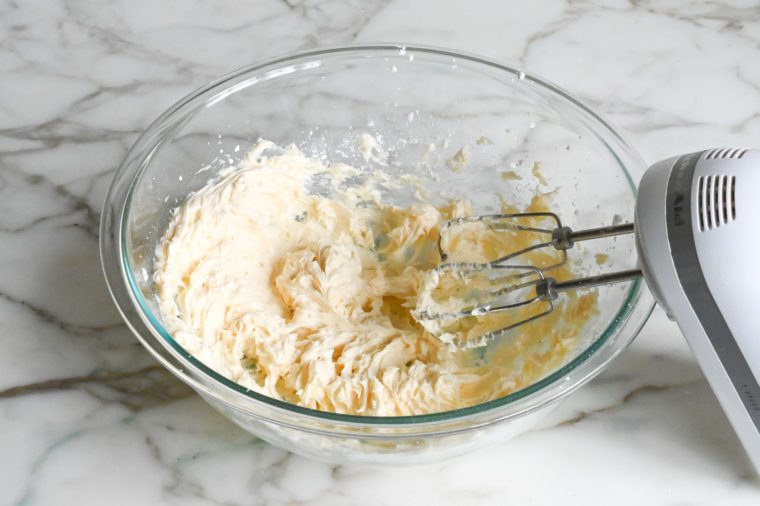
Add the flour and mix on low speed until the dough is evenly combined.
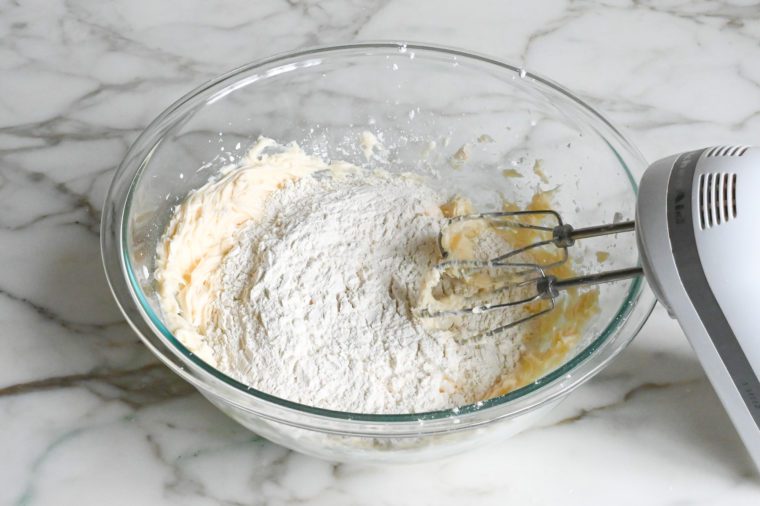
Split the dough in half and place each portion into a greased, parchment-lined 8-inch round cake pan. Dust your hands with flour and press each half into an even layer. To smooth the surface, cover the dough with plastic wrap and press it down with your hands. Use a fork to prick the dough every inch to allow steam to escape while baking.
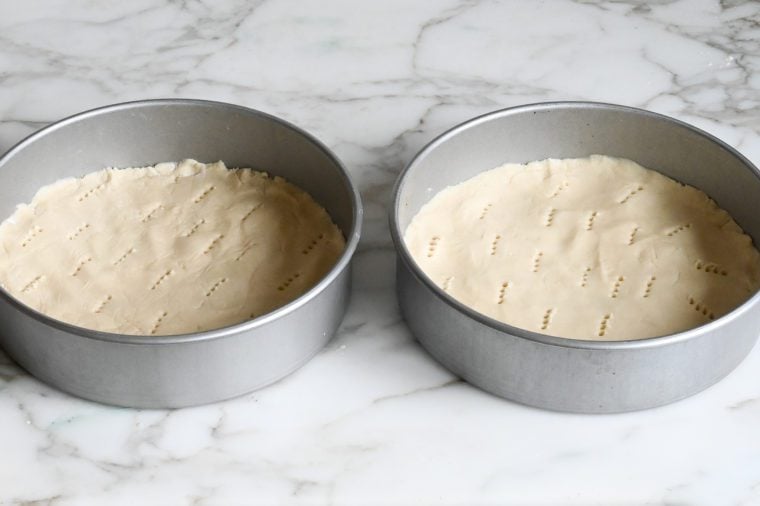
Bake the shortbread in a 300°F oven until the top is lightly golden brown and the edges are a deeper golden color, about 35 minutes. Baking at a low temperature ensures the shortbread cooks slowly without over-browning. Remove the pans from the oven and let the shortbread cool on a wire rack for about 10 minutes.
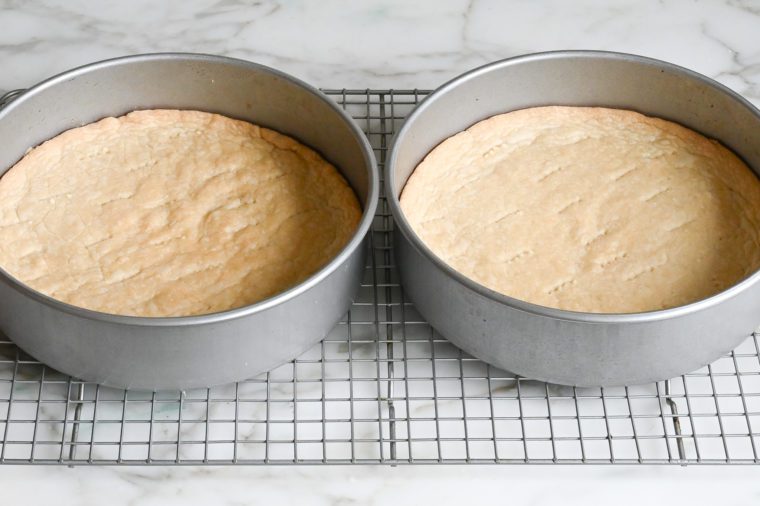
Use a blunt knife to run around the edges of the pan to loosen the shortbread. Carefully turn each round out of the pans, then gently lift the shortbread onto a cutting board.
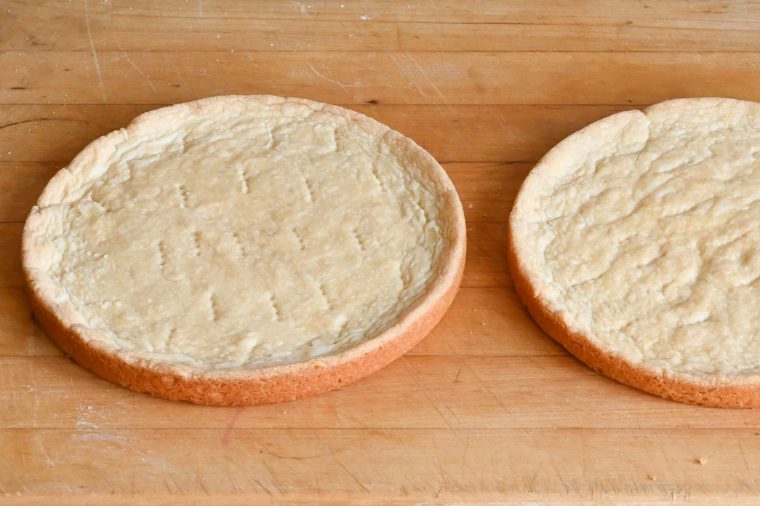
Using a sharp knife, cut into wedges. Let cool then store in an airtight container at room temperature for up to 1 month, or freeze for up to 3 months.
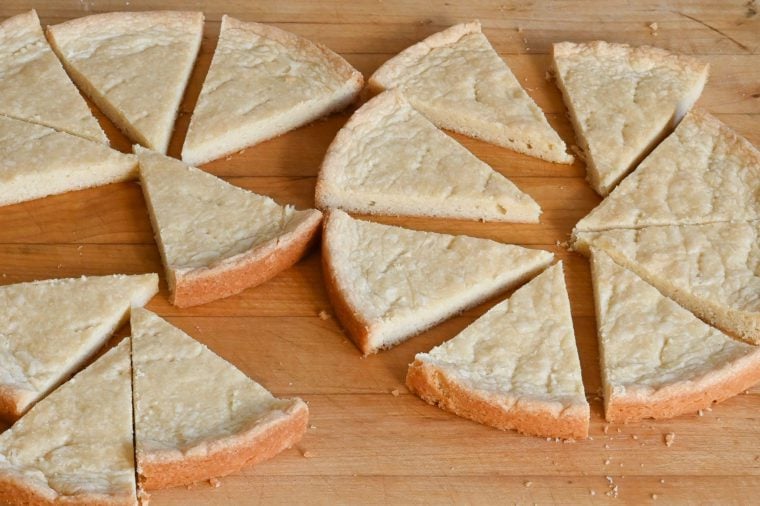
I love classic shortbread just as it is, but it’s fun to play with the flavors. A bit of lemon or orange zest can brighten it up, while a pinch of cinnamon adds a cozy warmth. You can also dress it up by dipping it in melted chocolate or sprinkling on festive sprinkles or coarse sugar before baking—it’s a simple way to make it feel a little extra special.

You May Also Like
Shortbread Cookies
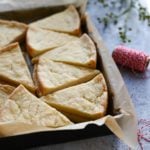
The rich, buttery goodness of shortbread is hard to beat—perfect for the holidays or whenever you’re in the mood for a sweet treat.
Ingredients
- 1 cup (2 sticks) unsalted butter, at room temperature
- 1 cup confectioners sugar
- ½ teaspoon salt
- 2 teaspoons vanilla extract
- ¼ teaspoon almond extract
- 2 cups all-purpose flour, spooned into measuring cup and leveled-off
Instructions
- Preheat the oven to 300°F and set an oven rack in the middle position. Lightly grease two round 8-in cake pans with nonstick cooking spray. Line the pans with parchment rounds, and then spray again.
- In the bowl of an electric mixer fitted with the paddle attachment or beaters, combine the butter, sugar, salt, vanilla extract, and almond extract. Beat until smooth and creamy, about 1 minute. Add the flour beat on low speed until the dough comes together in a cohesive mass.
- Divide the dough in half (if you have a scale, each half will weigh about 10.5 oz). Dust your hands with flour and press each half into an even layer in the prepared pans, dusting your hands with more flour as necessary to prevent the dough from sticking. To smooth the surface, place a piece of plastic wrap over the dough and smooth with your hands. Use a fork to prick the dough all over in 1-inch intervals to allow steam to escape while the shortbread bakes.
- Bake the shortbread until it's a light golden brown across the top surface, and a deeper golden brown around the edges, about 35 minutes.
- Remove the pans from the oven, and let cool on a rack for about 10 minutes. Run a blunt knife around the edges of the pan to loosen the shortbread, and then carefully turn each round out of the pans, using your hand to gently lower the shortbread onto a cutting board. Using a sharp knife, cut each round into 8 or 10 wedges. (Do this while the shortbread is still warm; otherwise, it won't cut easily and will crumble.) Transfer the shortbread wedges to a rack to finish cooling. Store in an airtight container at room temperature for up to 1 month, or freeze for longer storage.
- Freezer-Friendly Instructions: The shortbread dough can be frozen for up to 3 months. After mixing, shape the dough into 2 disks, wrap each securely in plastic wrap, and place them in a sealable bag. Thaw overnight before baking. To freeze the shortbread after baking, store in an airtight container separating layers with parchment paper or aluminum foil. Thaw at room temperature before serving.
Nutrition Information
Powered by ![]()
- Serving size: 1 wedge
- Calories: 152
- Fat: 9 g
- Saturated fat: 6 g
- Carbohydrates: 16 g
- Sugar: 6 g
- Fiber: 0 g
- Protein: 1 g
- Sodium: 60 mg
- Cholesterol: 24 mg
This website is written and produced for informational purposes only. I am not a certified nutritionist and the nutritional data on this site has not been evaluated or approved by a nutritionist or the Food and Drug Administration. Nutritional information is offered as a courtesy and should not be construed as a guarantee. The data is calculated through an online nutritional calculator, Edamam.com. Although I do my best to provide accurate nutritional information, these figures should be considered estimates only. Varying factors such as product types or brands purchased, natural fluctuations in fresh produce, and the way ingredients are processed change the effective nutritional information in any given recipe. Furthermore, different online calculators provide different results depending on their own nutrition fact sources and algorithms. To obtain the most accurate nutritional information in a given recipe, you should calculate the nutritional information with the actual ingredients used in your recipe, using your preferred nutrition calculator.
See more recipes:
Comments
Add a Comment Cancel reply
This site uses Akismet to reduce spam. Learn how your comment data is processed.
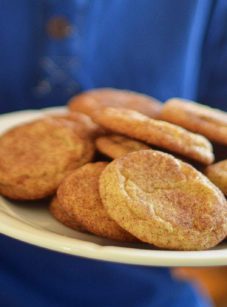
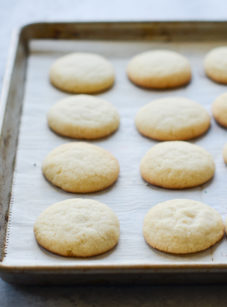
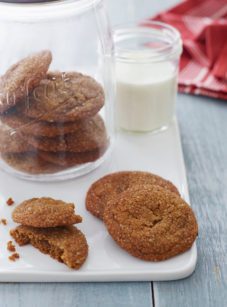
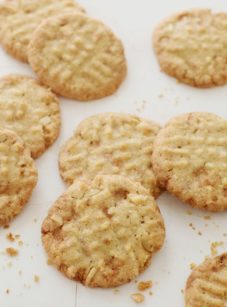
This is outstanding. I used the Trader Joe’s salted cultured butter from Brittany (did not add additional salt) and it was heavenly–this recipe is all about the butter! I made the entire thing in a single 9×13 and cut it into fingers rather than wedges. Finally, I melted some semi sweet baking chocolate on a plate and dipped some of the fingers in, and then froze them briefly to set the chocolate.
Made these twice now. Easy and delicious. Can these be made ahead and frozen?
Glad you like them! Yes, I think these should freeze nicely.
Can I use the shortbread mould for this recipe- it is a square nordic pan with fluted edges and design in each square – would not be able to use the parchment paper but can liberally grease the pan .
Hi Priya, I think it should work. I’d love to know how it turns out!
This shortbread recipe is really wonderful and authentic, and is especially beautiful as part of a tea (darjeeling pairs particularly well with it). The cookies look invitingly rustic when made as the recipe specifies, or you can press the dough into a pan specific to shortbread, as seen here: :https://www.amazon.com/Brown-Bag-Thistle-Shortbread-Cookie/dp/B0028Y5TNY
Either way, there is no substitute for pure butter, although I somtimes omit the almond extract as the flavor can hide the butter and vanilla. Using a rolling pizza cutter makes for very even, neat edges when the warm shortbread is cut. Outstanding, basic recipe worth mastering!
My question is, is confectioners sugar, the every day sugar or is it the powder sugar?
Confectioner’s sugar is the same as powdered sugar :).
Several years ago, I requested a recipe for shortbreads similar to Walker’s and you directed me to King Arthur Flour’s recipe. I have been baking them ever since. For many years prior, finding the perfect shortbread recipe was a mission for me…they are my husband and daughter’s absolute favorite. You have never lead me in the wrong direction, your recipes are spot on and require no modification and because of your shortbread recipe suggestion, my mission to find the perfect shortbread recipe has ended. These shortbreads are requested frequently. Thank you for your wonderful blog, your personal responses and I’m looking forward to your cookbook!
I made this last week and for some reason they came out very hard and were difficult to eat… any idea what I did wrong? The only thing I did differently was to substitute 2 Tbs corn starch / cup of flour to make cake flour because I had read somewhere that doing that makes better shortbread… do you think my cleverness sabotaged my efforts? 🙂 The taste/flavor was awesome though… we still ate them all.
Hi John, I don’t think the cornstarch/flour would cause the problem. Shortbread should be crisp, but not hard. They may have baked for a bit too long, or is there a chance that you could’ve made a measuring mistake?
There is always that chance 🙂 I’ll try them again since the recipe resurfaced in your emails. Thanks so much for those by the way… they provide some wonderful ideas!
Delicious. I did skip the almond extract as my British husband wanted traditional shortbread. I also prefer using my food processor to mix the dough. Caster sugar is traditional so powdered sugar was a bit of a gamble. It paid off though. For tea and biscuits, I’ll stick to the tried-and-true as I’ve become accustomed to the slightly gritty texture of regular sugar in them. However, this recipe offers me an alternative for mince pie “crusts” so in the recipe box it goes.
I really appreciate a crisp, not overly sweet cookie. This one definitely delivers 🙂
I made this recipe exactly as written. They were rich and buttery. My husband loves shortbread and thought these were the best ones he’s ever had. I will make these for the holidays and give away as gifts as they’re very easy to make!